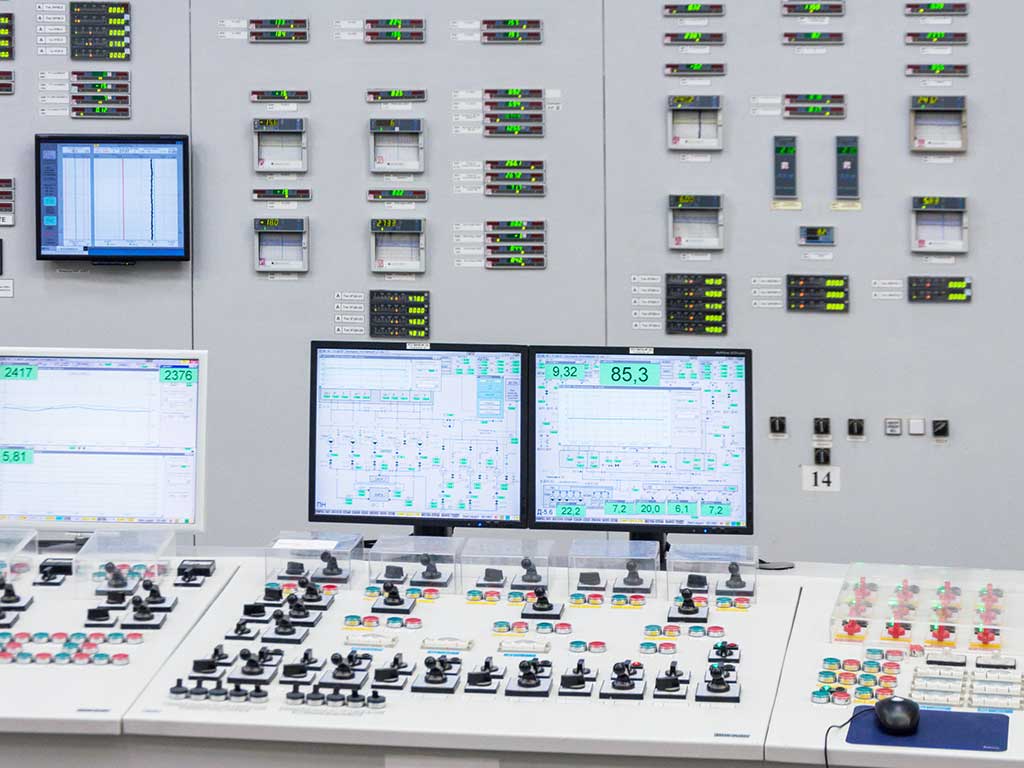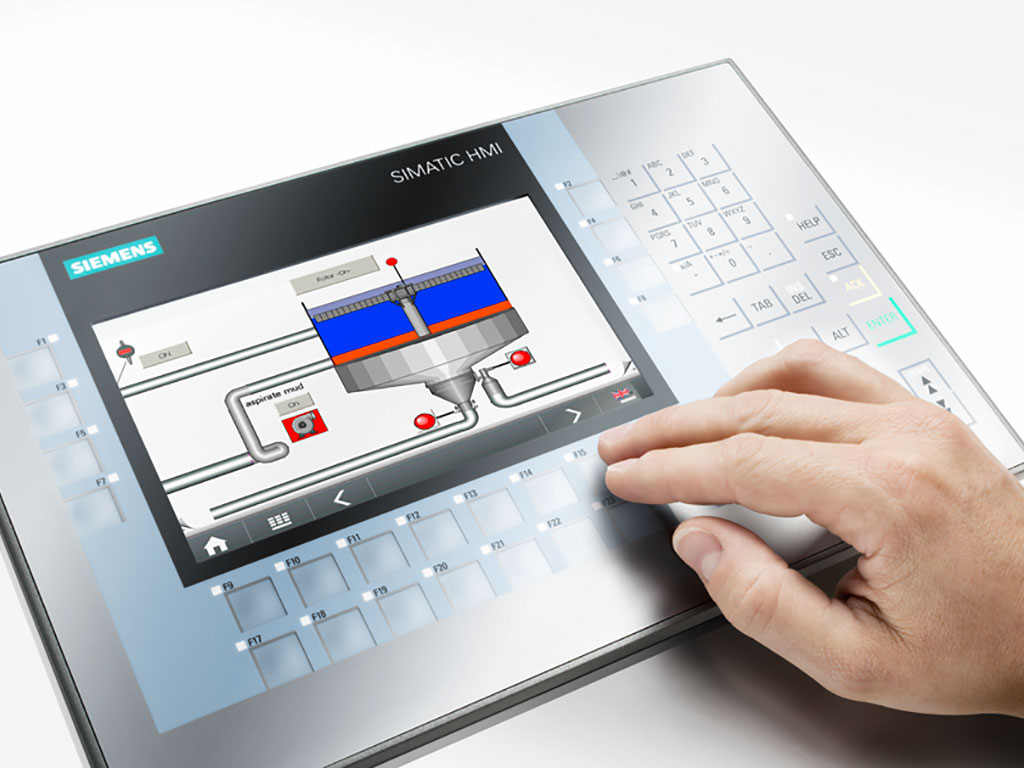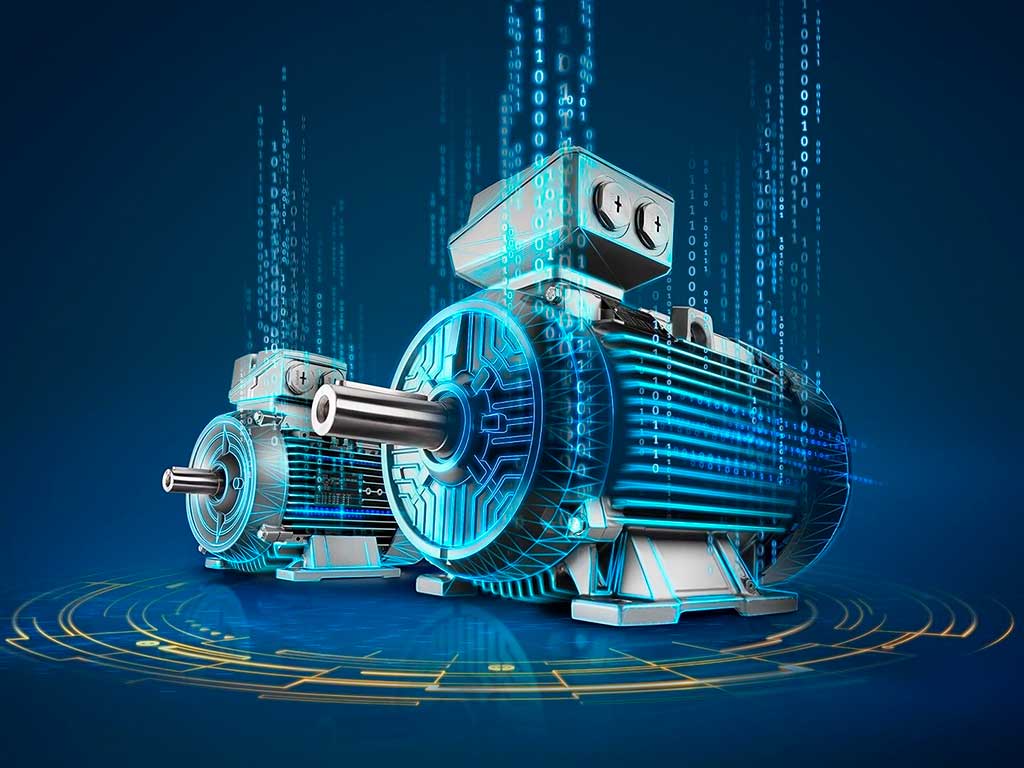In the field of technology there are control systems, which largely cover the operation of electrical and electronic equipment and appliances, learn about their characteristics and other important aspects in this article.

Lighting Control systems
There are various control systems, which can be established in different companies such as administrative control systems, access control systems to organizations and automatic control systems, Any of these types of control systems are seen as control and monitoring, it can be said that it is a series of elements that generate actions to achieve effective control in many activities.
Control systems have the ability to manage and give precise instructions for the proper functioning of other systems, which aims to minimize errors in a process and produce the best result.
Control systems generally carry out activities that are supplanted by the hand of man, which when used produces optimal results and frees man from performing certain tasks.
We invite you to read an interesting article related to technological issues such as Programmable logic controller.
In this specific case, we will talk about control systems in the technological field, they are classified into two types, one of a closed-loop system and the other of an open-loop system.
Objectives of a control system
The main objectives in a control system is to carry out an activity, especially for which it was programmed, however, the objectives are achieved depending on the obstacle to carry out the work, as well as the control and programming capacity.
Its main objectives can be found in:
- Stable, incorruptible and robust in the face of difficulties and model failures.
- Efficient according to pre-established criteria, preventing sudden and abnormal actions.
Stable and incorruptible
This means that programming must be based on stability, which does not allow it to be corrupted or hindered by any failure in the data; programmed control systems can easily give up at any time an error occurs, and they do not comply with the determined activity.
Efficient
When they replace the activity of a person, these machines the most significant thing is the efficiency with which they execute it, it must have the capacity to process with criteria that have been pre-programmed, which makes it difficult to carry out a sudden management that damages the result of work.
Classification of control systems
Control systems are classified into two main classes, open loop systems, and closed loop systems, which are linked to the action of controlling the output in the system to be controlled.
The classification of control systems are found in two essential ways: open-loop systems, and closed-loop systems, are linked to a specific output control activity through a system that needs to be controlled.
Although the two have the same function, the open loop system is totally different from using a closed loop system.
Open loop control system
It is the type of control system where the output does not represent a difficulty in the system itself, which means that it does not require feedback from the output for the control to be managed to function properly.
We are going to mention some examples of this open loop control system, in the case of automatic washing machines, it is observed that they can execute the washing cycles considering a certain time by means of the control of the system.
The process is qualified within an open loop, it can be seen that it requires output data, which are: the cleaning of the clothes at the end of the cycles.
Similarly, another example can be mentioned, such as toasters, which require measuring the amount of bread to be toasted in order for it to work, however, it does not need how toasting is going to be desired, it is only obtained by measuring time. .
Features
This open loop control system has certain particular characteristics such as:
- Ease of use, these systems are characterized by being easier to manipulate, and a bit of intuition is also applied.
- No output data is needed, which means that in order to finish their functions, they do not consider the result of the activity, they only dedicate themselves to fulfilling the action in a good way, this means that they only take the input data without taking into account counts the output result.
- Greater weakness to disturbances, these open loop systems are generally more fragile to any failure, because they do not have the ability to detect errors, because they do not measure the output data in the activity, disturbances can occur physically or in their programming.
- Variant probability of success, these systems can have a high or equal low probability of success, it all depends on good programming, in the case that the system has a strong structure, it may have a good result, in the opposite case of course there will be errors .
Closed loop control system
The so-called closed-loop control systems, their main function is to compare a value that is desired with a value that is obtained, which is obtained by measuring the output data, which means that a kind of system that has a feedback control, so it reacts in different ways, depending on the results.
Closed loop control systems have as their primary function of comparing a certain data between the one being searched for and the one obtained, this is obtained by calculating the output data, which translates that it is a system that has a system that responds to a request, so the result turns out in different ways.
These closed-loop control systems were created with the intention of minimizing errors, in order to achieve the best results.
In these cases, some examples can be mentioned such as the heaters that are used to control the temperature of the water, they have the capacity to carry out tasks, however, they require that the output provide them with some information prior to acting, in order to approximate as closely as possible. possible to good results.
But, in this case, the user is the one who makes the decision if cold water or hot water comes out, once it is decided the control system will continue with the activity, considering what is preferred.
Once the movement of a buoy is generated, it can produce less or more obstruction in the flow of air or gas; The sensors need to take into account the movements made by the buoy, in order to activate to a large or small extent the control system on the shut-off valve, which opens a little more when the maximum capacity approaches to release pressure.
Features
In this segment, it is worth mentioning the characteristics of the closed loop control system, namely:
Complexity, usually the design and programming is complicated, with an emphasis on hardware, as well as software, which means that they are highly competent systems, however, they are still considered difficult to be used by inexperienced people. or they don't know how they work.
A large number of parameters, prior to their ability to work, it is important that they meet some specific conditions, as they depend on the moment and the parameters that are met, a well-timed and acceptable response is achieved.
Output data is needed, the output data is really necessary to be able to compare it with the information that you want to obtain from the input, in the case that output data is not achieved, the closed loop system remains idle until the expected response is obtained.
Stability, they are strong and stable systems, the subject of comparing data before acting, allows them to adapt well to obstructions, and respond to different variations in the process of performing an activity.
Types of control systems
In the aspect of computing, there are any number of control systems, the following are mentioned below:
Man made
Mostly there are electrical systems that contain electronic components, they are generally kept in a continuous state of capture, they are dedicated to looking for signals from the system that are under a control scheme.
Man-made stema, to a large extent, are electrical systems that their creation are based on electronic components, they are almost always in a state of capture, their main function is to search for signals from the systems that are under a control scheme..
As long as they manage to receive signals, their operation continues the procedure without difficulties, in the event that a certain deviation from the normal action is detected, sensors are activated to try to resume the route they previously had.
An example of this type of control system can be mentioned, it is thermostats, whose main function is to capture temperature signals, once they manage to obtain the temperature, it increases considerably or it may fall below the allowed range, then the heating or cooling process begins to regain the proper balance.
There are systems that have been made by man, such as:
- Due to their causality, they can be defined as: casual and non-casual; in a casual system there is a causal link between the inputs and outputs of a system, especially between the output and the values close to the input.
- According to the number of inputs and outputs of the system, they are defined by their behavior.
- Of an input and an output or SISO, which means: single input, single output.
- Also with one input and many outputs or SIMO, which means: multiple input, single output.
- Multiple inputs and multiple outputs or MIMO: multiple input, multiple output.
According to the equation that defines the system, they are conceptualized as:
- Linear: If the differential equation that describes it is linear; and non-linear if the differential equation that describes it is non-linear.
The signals or variables of the dynamic systems their essential function are of time, and according to these systems:
- Continuous time, in the case that the model is a differential equation, so it is considered divisible, continuous time variables are defined as analog.
- Also of discrete time, in the case that the system is parameterized by an equation for differences, the time is divided into periods of constant value; the values of the variables are digital: binary systems, hexadecimal and others, their value is only known in each period.
- Of discrete events, it is when the system evolves according to the variables, and the value is known when a specific event is generated.
According to the link between the variables of the systems, it can be said:
- Two systems are well connected, once the variables of one of them are linked to the other system.
- Similarly, two systems are not connected or decoupled, when the variables of the two systems do not have any link to each other.
Regarding the function of evaluating the variables of a system in time and space, it can be said that they are:
- Stationary, when the variables remain permanent in time and space.
- Non-stationary, when the variables do not remain permanent in time or space.
According to the response obtained from the system in the value of the output, in relation to the variation of the input of the system, it can be said that:
- The system is stable when, in the event of any presence of a bounded input signal, a bounded response is generated from the output.
- Also the system can be unstable when there is at least one bounded input that generates a bounded response from the output.
In the case that the input and output of a system are compared or not, which allows controlling the latter, the system is called as:
- Open loop system, once the output to be controlled, it is not comparable with the value of the signal generated by the input or reference signal.
- Similarly, a closed loop system is when the output to be controlled can be compared with the reference signal; the output signal is carried in company with the input signal, it is defined as a feedback signal.
- The open loop system, when the output is controlled, cannot be compared with the data of the signal that the input produces.
- The same happens with the closed loop system, once the output is controlled, you have the option of comparing the data signal; then the output signal goes along with the input signal, which means that it outputs a response.
According to the possibility of predicting the behavior of a system, which means its response, they are classified into:
- Deterministic system, when its future performance is predictable within tolerance limits.
- Also stochastic system, in the case that it is impossible to forecast the performance in the future, the system variables are known as random.
Natural
The natural ones, including biological systems, can be named as an example the body movements of humans, which include components of the biological control system such as the eyes, hand, finger, arm and brain of the human being, it can be observed that entry and exit movements are processed.



